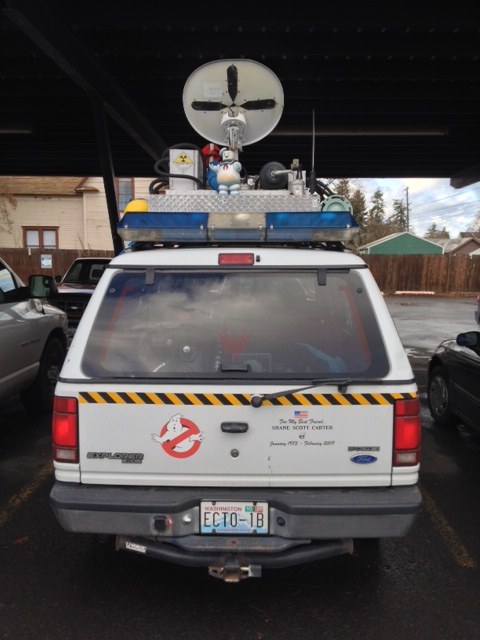It finally transpired. Over the years, a number of clients have asked us what happens if we don’t create anything they like. It’s a question that typically comes up during logo projects, and my response has always been to tell ’em not to worry. It’s never happened. Ever.
Until now.
After an early discovery phase that included a Q&A session, a competitive review, a clear outline of our logo intent and focus, and two design reviews, we learned that a new client was going to take its business elsewhere (to the RFP runner-up, of course).
What’s even more perplexing, however, is that those two design reviews were successful. We provided a full range of logo ideas during the first meeting, from which five were selected for further development. In the second meeting, we reviewed the refined ideas along with some preliminary colors and applications. The choices were narrowed down to three because, according to our client, it was simply “too difficult” to choose only one or two.
Guess we shouldn’t have taken that as a positive sign. A couple of weeks later, we were told that we just hadn’t solved their design problem; that we needed to explore additional ideas. Now, I recognize that our country is in the throes of a political campaign in which flip-flopping on issues is the norm, but this was really a surprise—given that all involved were quite content with our solutions. (We ought to know, after all. We asked a time or two. Or three.)
No problem, I thought. We simply need to understand the client’s new concerns and continue to develop additional ideas—while not incurring any additional costs. What I didn’t fully grasp was that they were breaking up with us. The qualifications that made us win out over other firms had suddenly, and inexplicably, vanished. Goodbye, AMD.
So now when I’m asked what we do if we don’t create anything a client likes, I have a new response: “Well, that’s never happened in the 32 years I’ve been doing this. Except once. So we don’t expect it to happen again until around…2044.”
posted by: CK Anderson | category: the design life | make a comment



